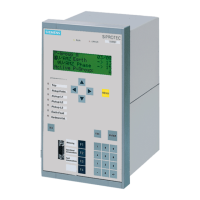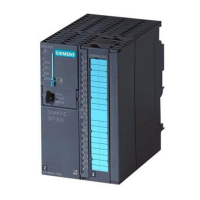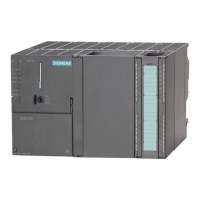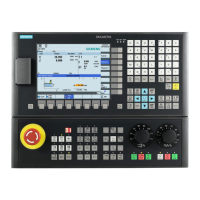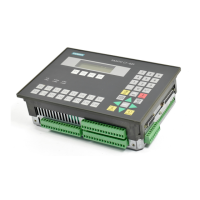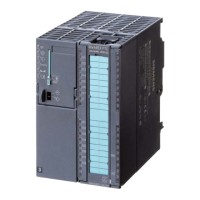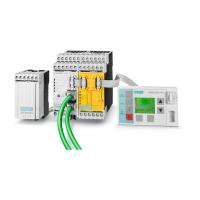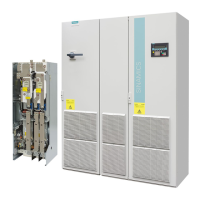2 PROFINET IO in SIPROTEC
2.12 Time Synchronization
53SIPROTEC 4, Communication Module PROFINET IO, Communication Profile
C53000-L1840-C360-1, Edition 08.2012
2.12 Time Synchronization
In the SIPROTEC device, the time is synchronized via Ethernet using NTP (Network Time Protocol). An SNTP
client (including redundant NTP server support) is implemented in the EN100 firmware and also in the
PROFINET IO communication module.
The parameterization of NTP for the SIPROTEC device using DIGSI is described in Chapter 3.2.
2.13 PROFINET IO and IEC 61850/GOOSE
The communication protocols PROFINET IO and IEC 61850/GOOSE can be used simultaneously over a
shared Ethernet port on the EN100 module. They are differentiated by means of the EtherType (IP, GOOSE,
PROFINET IO RT), the UDP port number for PROFINET IO, or the TCP port number for IEC 61850. Other IP-
based protocols such as SNTP, SNMP or HTTP run parallel to other dedicated port numbers.
For parallel operation of IEC 61850/GOOSE and PROFINET IO, the following configuration must not be
exceeded, even if more extensive settings are possible in the parameterization tools:
• IEC 61850: 2 process clients maximum in the system
• GOOSE: 5 GOOSE applications maximum per device
50 data objects as source and 50 data objects as destination for GOOSE
interconnections maximum per device
Minimum monitoring time ≥ 10 ms (use standard settings of the communication profile
PriorityLow in GOOSE parameters of the IEC 61850 System Configurator)
• PROFINET IO: minimum cycle time 8 ms
The device names for IEC 61850 (IED name) and PROFINET IO (station name) can be different. The device
name for IEC 61850 is assigned in the station configurator. The device name for PROFINET IO is assigned via
DCP as described in Chapter 3.4.1.
NOTE
Use an NTP server for time synchronization via NTP. This server must be installed in the local communication
network in which also the IO device is used, for example PLC or PC of the control center. Ensure that the NTP
server is synchronized by a higher-level signal source, for example GPS.
NOTE
All protocols available on the EN100 are activated by default.
If you do not need communication via IEC 61850-MMS and GOOSE, Siemens recommends disabling the
IEC 61850 service for this device in DIGSI. This reduces the time for PROFINET IO between a device start and
readiness to start communication with the IO controller.
When communicating without IEC 61850 and GOOSE, operation with a minimum PROFINET IO cycle time of
4 ms is also possible. The 4-ms cycle time must not be used together with IEC 61850 and GOOSE (see below).
NOTE
Changes in the network settings via DCP affect all IP applications running on the EN100, for example HTTP
server and IEC 61850 server. See also Chapter 3.1 and Chapter 3.4.1.
com_profinet-io_profile_us.book Page 53 Friday, August 17, 2012 1:40 PM

